Camping Survival Tips You Need to Know
Any camping trip you take carries with it inherent risk, especially if you’re going to be camping out in the woods rather than in a campsite.
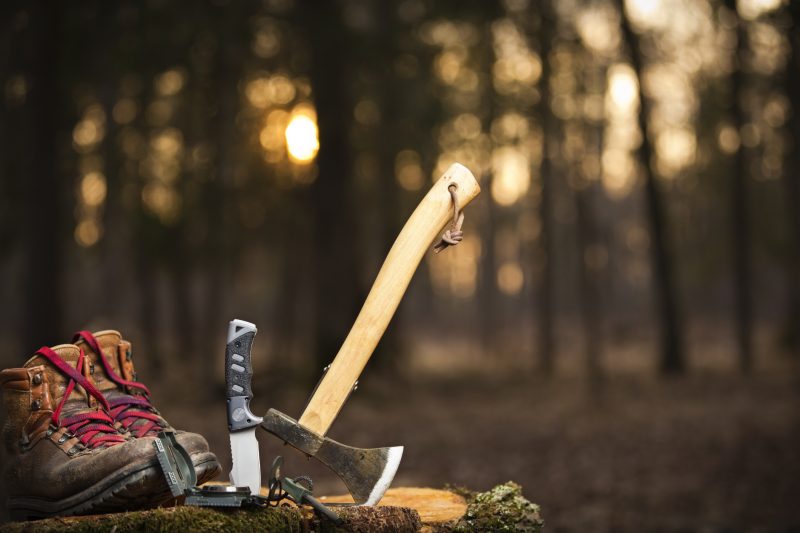
An accident may happen that could cause you to become stranded in the wilderness, or at least away from civilization.
To be prepared for such an event, there are five basic survival tips that you need to learn before your next camping trip.
These are:
FINDING WATER
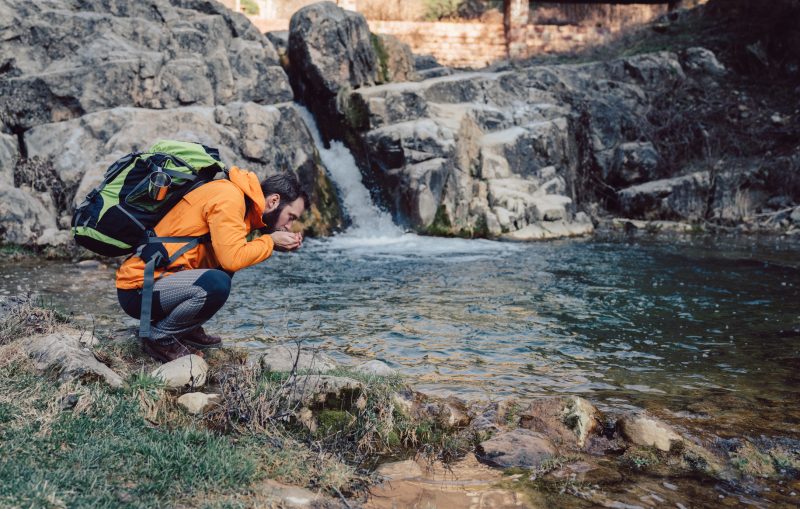
You need to learn how to find water in the event of no longer being able to carry water in your canteen.
Fortunately, there are a number of ways you can do this. First and foremost: always head downhill – specifically into valleys and between hills. More often than not, you’ll find a water source such as a small stream.
In muddy or damp areas, you can also dig for water. This water will be dirty and will most certainly require filtering and boiling, but that’s something you should be doing with any water you collect from the wilderness anyway.
Finally, you can also build a solar still to collect drinking water. This can be accomplished by digging a hole about a foot-and-a-half wide and the same depth into the ground. Place a cup in the center of the hole and surround it with lush green vegetation. Then, cover the hole with a tarp, secure it with rocks, and weigh down the center of the tarp with a rock. Water will drip down over the course of the day into the cup.
BUILDING A FIRE
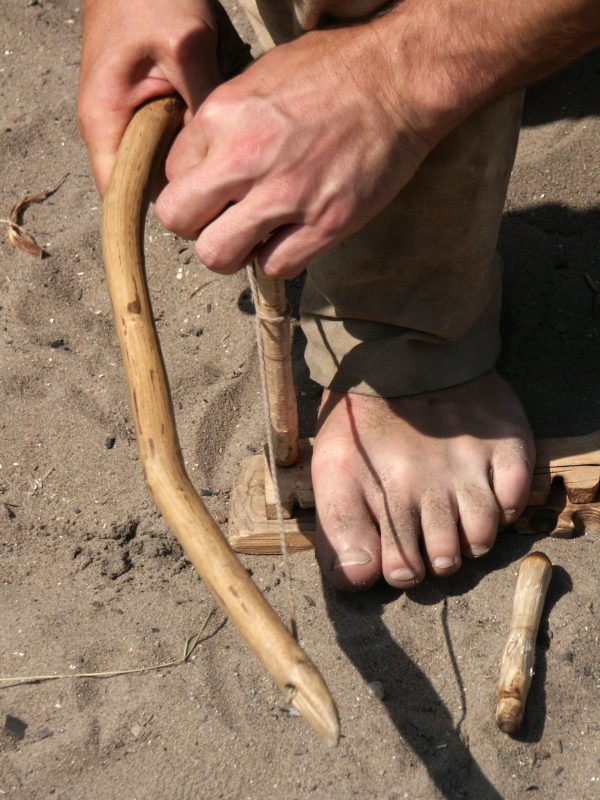
To be more specific, you need to learn how to build a fire without the aid of matches, a lighter, or any other fire-starting device.
This is no easy task. Do you really believe that you could rub sticks together to create a fire right now? If not, then you need to get plenty of practice in.
The most effective method that you can follow is the bow drill method. You’ll simply need a board of wood (or the most board-like bit of wood you can find), a spindle, a stick, and some string (you can use your shoelaces).
BASIC FIRST AID
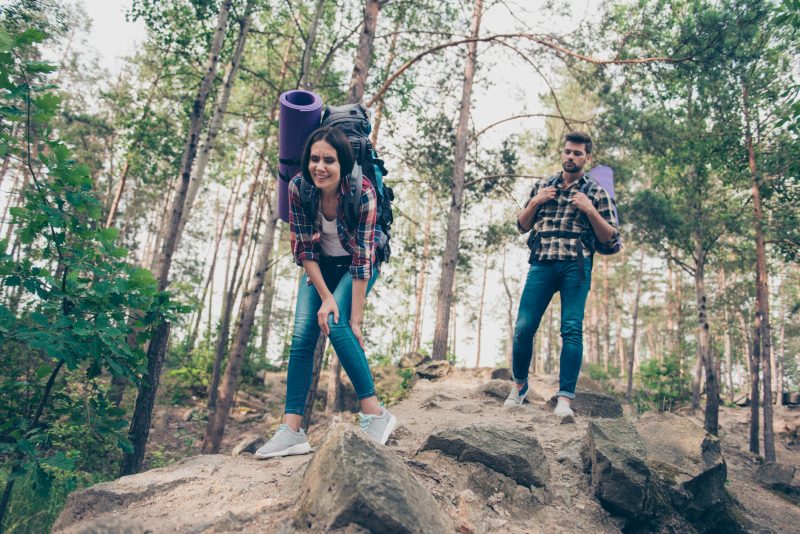
You don’t need to become a medical expert, but you better learn basic first aid skills such as applying a tourniquet, treating open wounds, and securing a fractured limb.
Even the smallest of injuries, such as a small cut or scrape on the knee, needs to be treated with the strictest of attention in order to prevent the possibility of an infection setting in.
This means that if you sustain a small scrape of some kind, you need to immediately cover up the wound with whatever you have (even if the best you can do is a scarf or a sock). In the case of a fracture, you’ll need to build splints out of sticks and shoelaces and keep the limb elevated while keeping the injured person properly hydrated.
BASIC SHELTER BUILDING
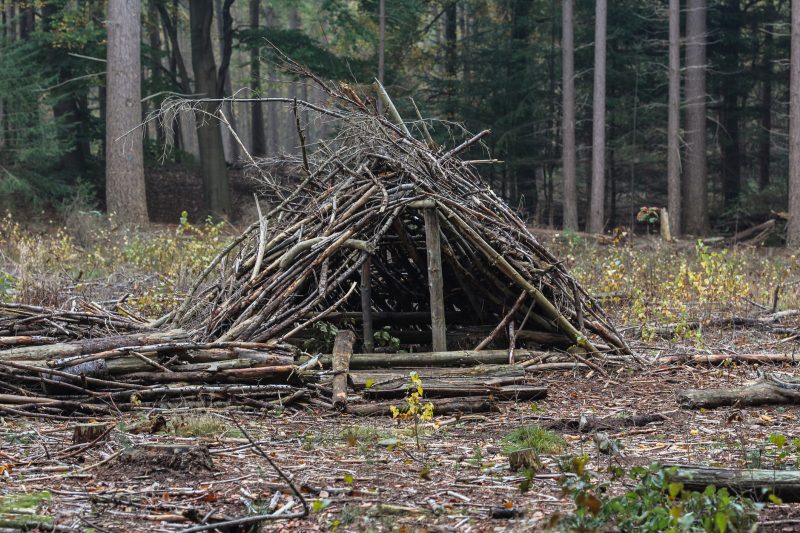
How good are your shelter building skills?
There is a common misconception that wilderness survival shelters need to keep you warm. But this isn’t true at all!
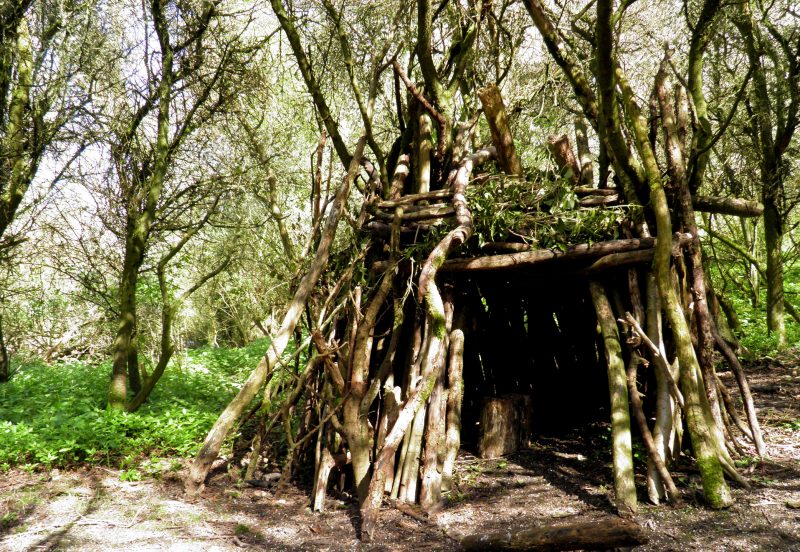
Fires are supposed to keep you warm. The purpose of a survival shelter is simply to protect you from the outside elements.
That’s exactly why a simple lean-to shelter would suffice. Simply place a pole between two trees and lean more poles to one side (against the wind). To build an A-frame, you would lay poles on the other side as well.
Place leaves and grass in between the gaps in the poles for better insulation, and build bedding out of leaves and grass as well. Just like that, you’ll have a workable shelter.
NAVIGATION
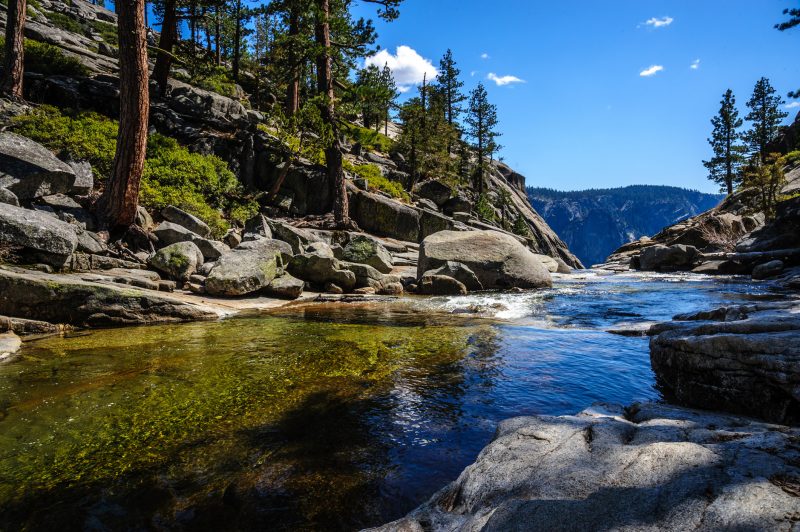
The goal of any survival situation is not to live out in the wilderness but to stay alive as you seek to get out as fast as you can.
This is exactly why you need to learn how to navigate without the aid of a compass, map, or GPS.
The best way to do this? Assuming you have zero sense of direction, follow running water downstream. We already discussed how to find water in the first section.
Then, follow that stream of water downstream to another stream, and then to another stream, and so on until you find civilization. Gradually, you should notice the streams getting bigger until they eventually turn into rivers.
This method doesn’t guarantee that you will find civilization overnight, but it does greatly increase the odds that you will find civilization eventually.





